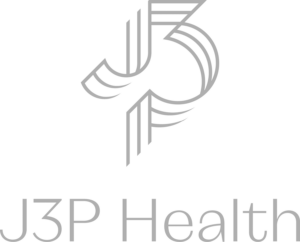One of the key stakeholders necessary for success of any service line, new program, or service expansion is the referring physician. As a consultant and previously as a service line administrator, I have witnessed the power of physician engagement through thoughtful involvement of physicians in foundational decisions tied to new or expanding hospital programs or services.
The following are a few of my top suggestions when considering the involvement of key physicians to assist with the assessment of a new service line program or service in a healthcare system.
Create a seat at the table.
Physicians want to understand the “why” behind the hospital’s decision to start or expand an existing program or service. They seek to analyze the benefit both to their patients and themselves. It is imperative that key physicians are involved early in the process of program analysis and development. Intentionally soliciting physician feedback by listening to their perspectives on community and patient needs, along with potential referral patterns from other physicians, is imperative. Missing this initial step could potentially derail or hamper needed physician support to ensure a successful program launch.
Be transparent with sharing market, strategic planning, and financial data.
I have worked with clients and organizations that assume physicians are not interested in the “business aspects” of being involved in analyzing market, strategic, and financial data. These are critical elements necessary for conducting a program needs assessment to ensure long-term viability. In many cases, the practicing physician can validate such data or challenge through their own practice experience, referral patterns, and community practice patterns in their specialty. They often understand which type of patients are migrating out of the service area for care and why. Most likely, the biggest concern with the transparency of this data is with physicians that may also refer patients to other healthcare systems, or they have other strategic alliances and partnerships. This is when healthcare leaders need to make a thoughtful decision related to trust and risk of such physician inclusion.
Be clear on administrative and clinical support for program success.
It is important to share with key physicians involved in the program assessment the clinical and administrative support that will and will not be integrated into the initial and ongoing operational budget. Will necessary capital equipment and facility needs be adequate to garnish physician support? Will there be adequate clinical resources devoted to appropriate inpatient and outpatient care of the patient? This may require additional positions such as a data abstractor (for registry data requirements), nurse navigator, and various ancillary services. Will there be dedicated administrative leadership oversight and accountability to ensure operational and positive patient success? Physicians that refer to programs expect high-quality outcomes for their patients. This often takes investments in equipment, supplies, facilities, and personnel to achieve.
Chart progress and be transparent about barriers.
Physicians want to see anticipated strategic and program development timelines for a new program or service, especially if they have been asked to devote administrative time to the project. Being transparent with project delays such as budgetary constraints, slow state approvals, and construction and equipment delays, while common, should be communicated regularly to key stakeholders. Transparency and ongoing communication surrounding timelines and program milestones will only enhance trust, collaboration, and support from needed physician partners.
Involving physicians and soliciting their input throughout the new or expanding program process, will not only ensure the success of the program but will increase physician satisfaction which can potentially lead to physician retention and loyalty to the healthcare organization.

 company
company 
 (412) 364-8200
(412) 364-8200




























